Area 255 million km² | ||
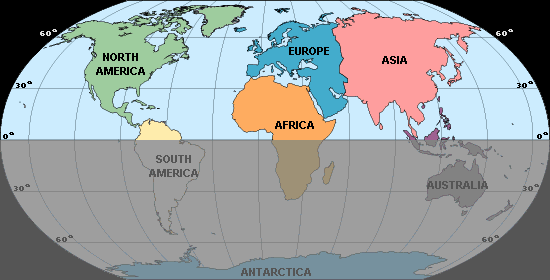 | ||
Planet earth s northern hemisphere
The Northern Hemisphere is the half of Earth that is north of the Equator. For other planets in the Solar System, north is defined as being in the same celestial hemisphere relative to the invariable plane of the solar system as Earth's North Pole.
Contents
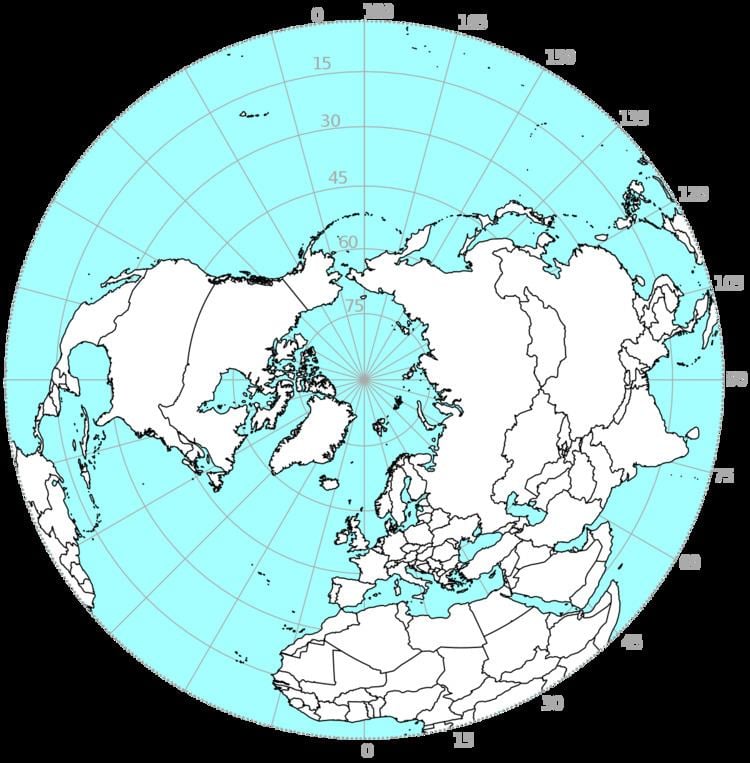
Due to the Earth's axial tilt, winter in the Northern Hemisphere lasts from the December solstice (typically December 21 UTC) to the March equinox (typically March 20 UTC), while summer lasts from the June solstice (typically June 21 UTC) through to the September equinox (typically September 23 UTC). The dates vary each year due to the difference between the calendar year and the astronomical year.

Its surface is 60.7% water, compared with 80.9% water in the case of the Southern Hemisphere, and it contains 67.3% of Earth's land.
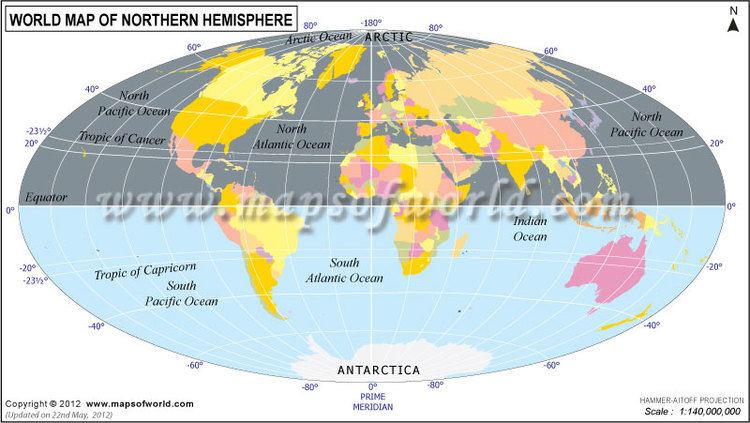
Geography and climate
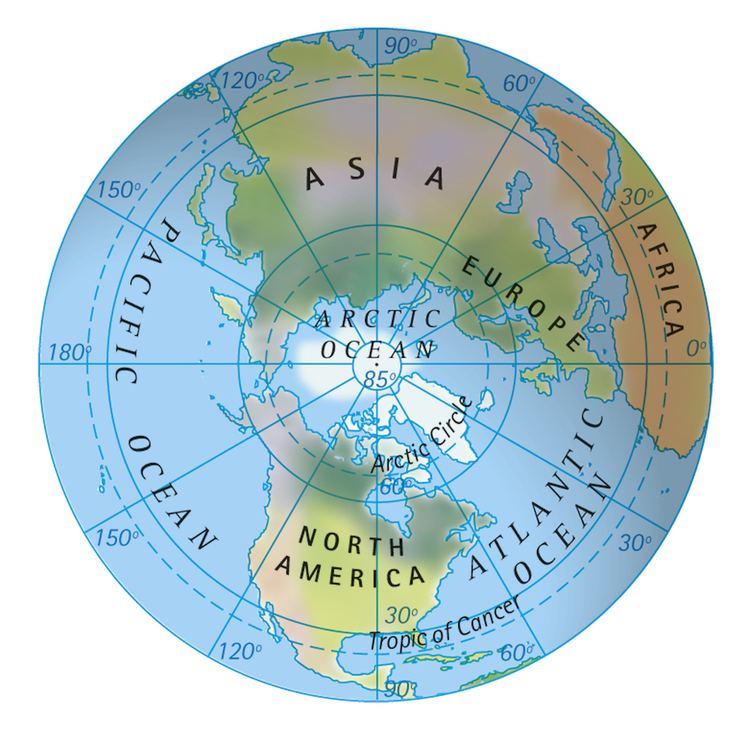
The Arctic is the region north of the Arctic Circle. Its climate is characterized by cold winters and cool summers. Precipitation mostly comes in the form of snow. The Arctic experiences some days in summer when the Sun never sets, and some days during the winter when it never rises. The duration of these phases varies from one day for locations right on the Arctic Circle to several months near the North Pole, which is the middle of the Northern Hemisphere.
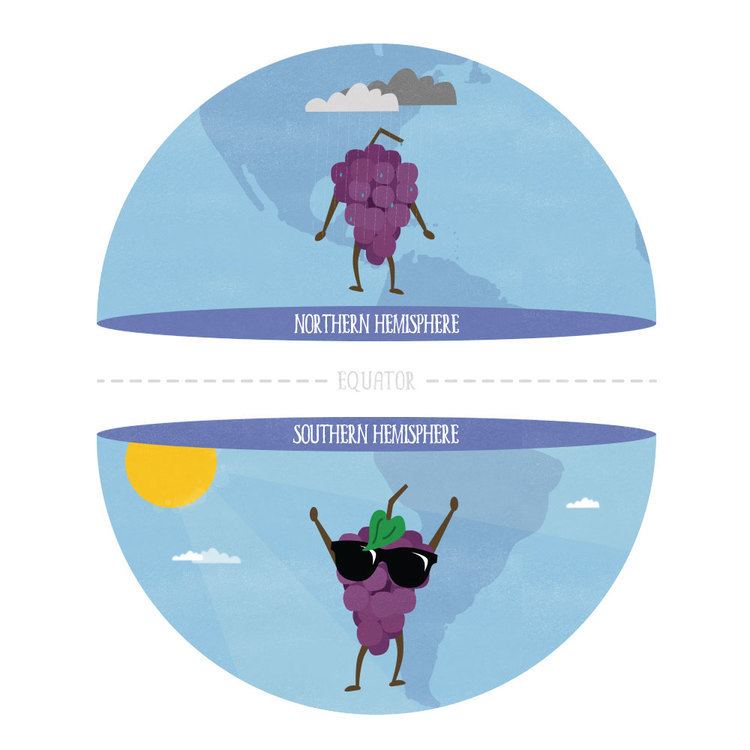
Between the Arctic Circle and the Tropic of Cancer lies the Northern Temperate Zone. The changes in these regions between summer and winter are generally mild, rather than extreme hot or cold. However, a temperate climate can have very unpredictable weather.
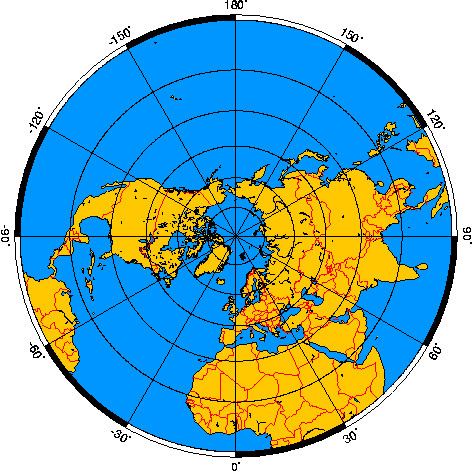
Tropical regions (between the Tropic of Cancer and the equator) are generally hot all year round and tend to experience a rainy season during the summer months, and a dry season during the winter months.
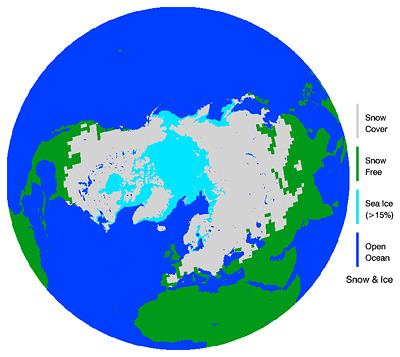
In the Northern Hemisphere, objects moving across or above the surface of the Earth tend to turn to the right because of the coriolis effect. As a result, large-scale horizontal flows of air or water tend to form clockwise-turning gyres. These are best seen in ocean circulation patterns in the North Atlantic and North Pacific oceans.
For the same reason, flows of air down toward the northern surface of the Earth tend to spread across the surface in a clockwise pattern. Thus, clockwise air circulation is characteristic of high pressure weather cells in the Northern Hemisphere. Conversely, air rising from the northern surface of the Earth (creating a region of low pressure) tends to draw air toward it in a counterclockwise pattern. Hurricanes and tropical storms (massive low-pressure systems) spin counter-clockwise in the Northern Hemisphere.
The shadow of a sundial moves clockwise in the Northern Hemisphere (opposite of the Southern Hemisphere). During the day, the Sun tends to rise to its maximum at a southerly position except between the Tropic of Cancer and the Equator, where the sun can be seen to the north, directly overhead, or to the south at noon dependent on the time of year.
When viewed from the Northern Hemisphere, the Moon appears inverted compared to a view from the Southern Hemisphere. The North Pole faces away from the galactic center of the Milky Way. This results in the Milky Way being sparser and dimmer in the Northern Hemisphere compared to the Southern Hemisphere, making the Northern Hemisphere more suitable for deep-space observation, as it is not "blinded" by the Milky Way.
Demographics
The Northern Hemisphere is home to approximately 6.57 billion people which is around 90% of the earth's total human population of 7.3 billion people.
